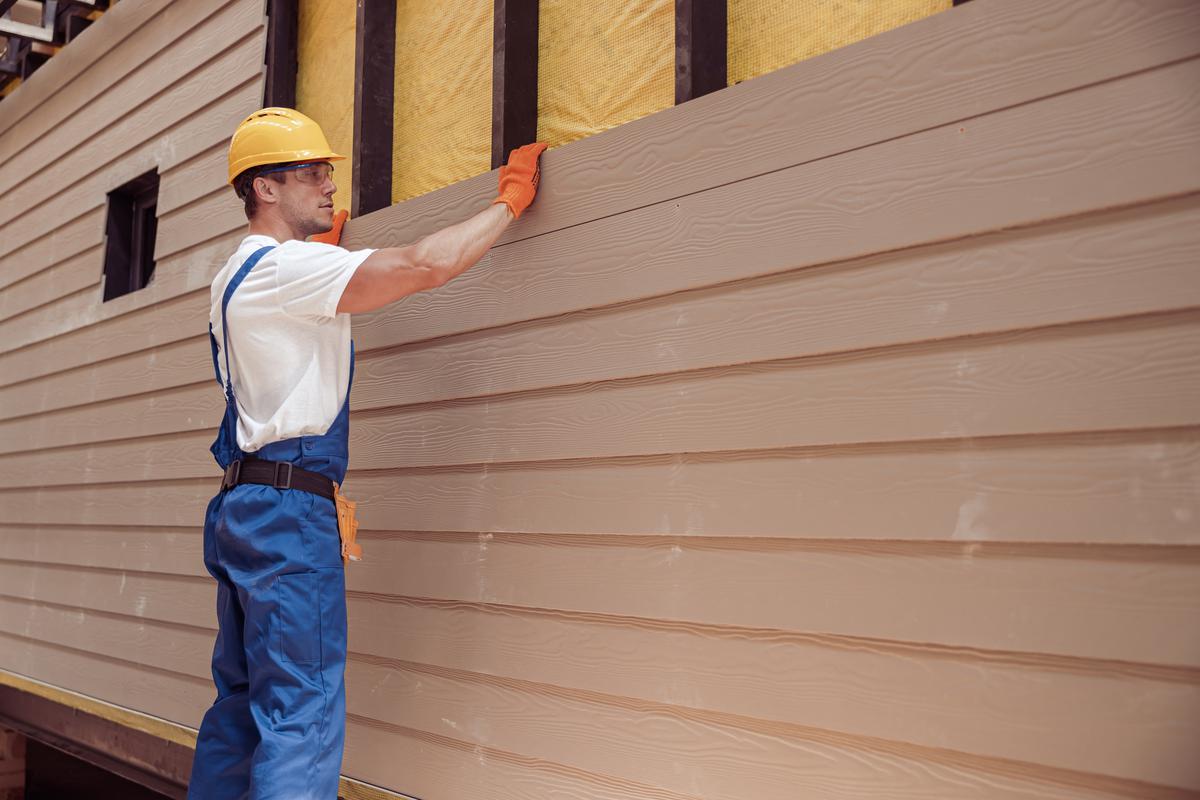Replacing wood siding may seem like a straightforward home renovation project, but it can often come with a few unexpected surprises. Whether it's due to rotting, warping, or other issues, replacing wood siding can reveal hidden problems that may add time and cost to your renovation. In this article, we will discuss the biggest surprises homeowners encounter when replacing wood siding and how to avoid them.
Rotting Wood
One of the biggest surprises homeowners encounter when replacing wood siding is finding out that the underlying wood structure has rotted away. This is often due to moisture getting trapped between the siding and the wall, leading to decay over time. If left untreated, this can compromise the structural integrity of your home. It's essential to have a professional inspect your home's exterior before starting any siding replacement project.
Unexpected Costs
Another common surprise homeowners encounter when replacing wood siding is the unexpected cost associated with the project. This can come in the form of added labor or materials needed due to unexpected issues found during the replacement process. It's important to set aside a contingency fund in case of any unforeseen expenses.
Insect Damage
Insects such as termites, carpenter ants, and wood-boring beetles can cause significant damage to your home's wood siding. If left untreated, it can cause structural damage to your home. If you notice any signs of insect damage, it's essential to call a professional to assess the situation before starting any replacement project.
Structural Issues
Replacing wood siding can also reveal structural issues with your home's framing, such as gaps in the sheathing or improperly installed insulation. These issues can be challenging to detect until the siding is removed, so it's crucial to have a professional inspection before starting any renovation project.
Painting and Finishing
While replacing wood siding can give your home a fresh new look, it can also reveal issues with the painting and finishing of your home's exterior. This includes areas where the paint has peeled or where there is damage to the finish. It's important to take care of these issues before installing the new siding to ensure a smooth and seamless finish.






comments